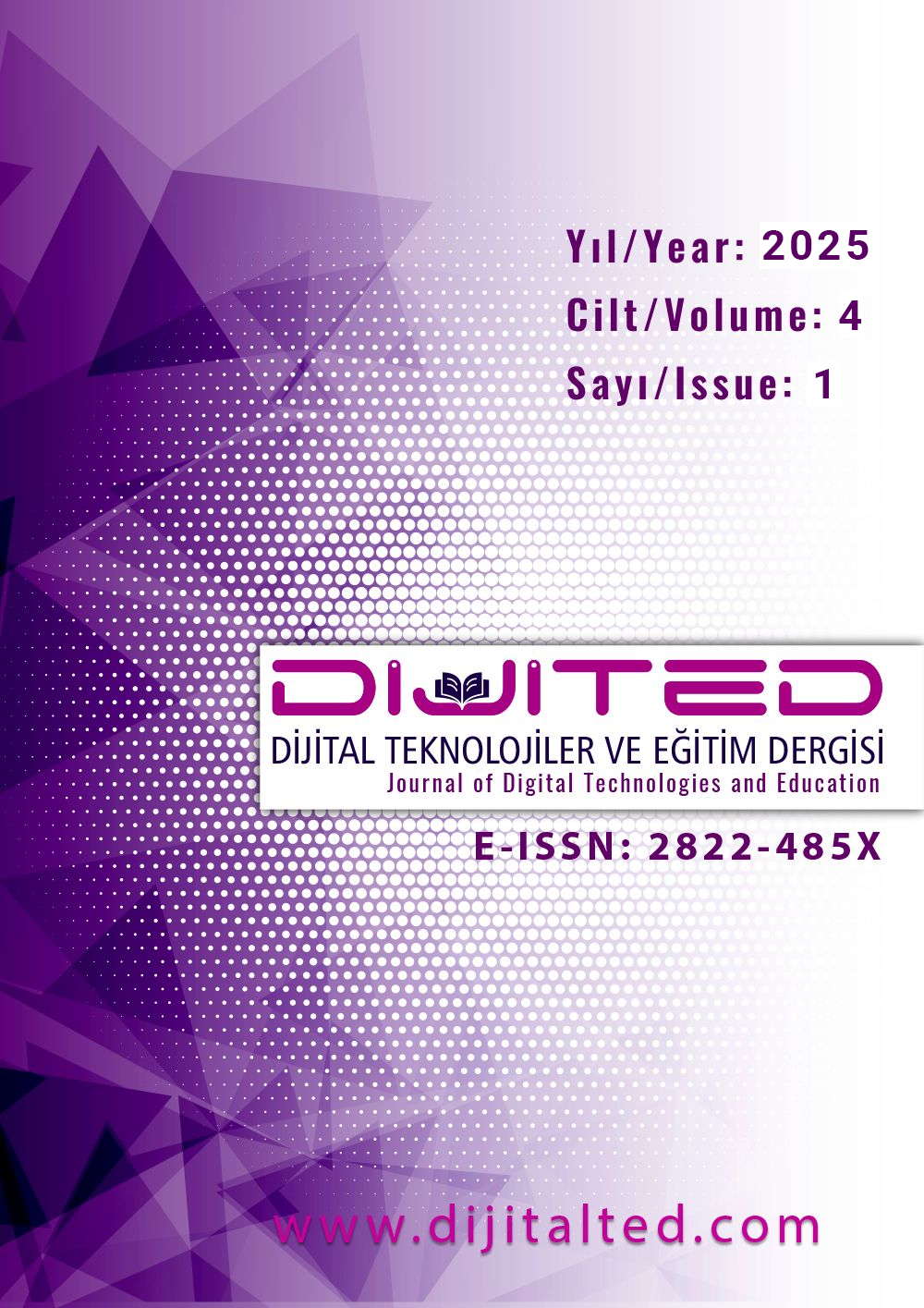An Analysis of Illustration Approaches in Terms of Artificial Intelligence and Visual Communication Design
DOI:
https://doi.org/10.5281/zenodo.16218196Keywords:
Traditional illustration, Artificial intelligence, Visual communication design, Digital art, Creative processesAbstract
This study comparatively examines traditional, digital, and AI-assisted approaches in illustration production. The impact of artificial intelligence on the visual communication design process is evaluated in terms of aesthetics and production practices. While traditional illustration techniques focus on the artist’s individual expression, digital tools accelerate and diversify this process. AI-supported production redefines the artist’s role, introducing a new dimension to the creative process through algorithmic collaboration. In this context, visual analyses of various production examples are conducted, highlighting differences in character continuity, style, and narrative across tools. The study opens a discussion on the potentials and limitations of AI technologies in visual communication design education and practice.
References
Becer, E. (2011). İletişim ve grafik tasarım. Dost Kitabevi Yayınları.
Gönüllü, A. B. (2017). İllüstrasyon (Resimleme) sanatını tanımlamak. I. Uluslararası Felsefe, Eğitim, Sanat ve Bilim Tarihi Sempozyumu Tam Metin Bildiri Kitabı, 909–919.
Gül, R. (2021). Yapay zekâ teknolojilerinin gelişimi ve etkileri. Bilim ve Teknoloji Dergisi, 25(1), 1–10.
Wigan, M. (2012). Illustration: A theoretical and contextual perspective. AVA Publishing.
Çelik, H. (2022). Yapay zekâ destekli sanatsal üretimler: Yeni bir estetik yaklaşım. Sanat ve Teknoloji Dergisi, 5(1), 34–48.
Özdemir, A. (2022). Görsel tasarımda algoritmik yaratıcılık: Yapay zekâ ile sanat üretimi. Görsel Sanatlar Araştırmaları Dergisi, 3(2), 45–60.
Şen, M. (2022). Üretken yapay zekâ ile görsel içerik üretiminin tasarıma etkisi. Yaratıcı Endüstriler Dergisi, 2(1), 17–28.
Downloads
Published
How to Cite
Issue
Section
License
Copyright (c) 2025 Journal of Digital Technologies and Education

This work is licensed under a Creative Commons Attribution 4.0 International License.
- Abstract 363
- PDF (Türkçe) 122









